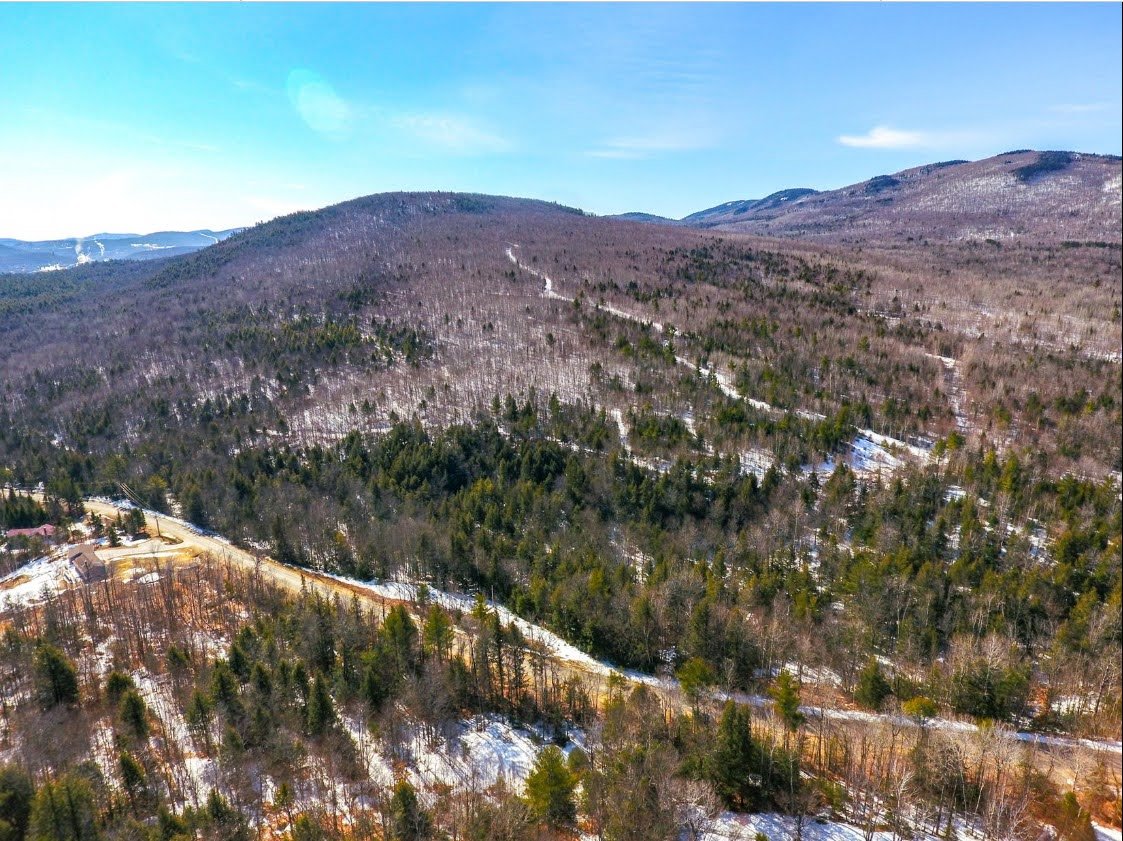The Power of Public-Private Partnership
New 446-acre Community Forest in Rumford, Maine
“The benefits of strong partners, clear roles and open communication were seen throughout the process of creating the Rumford Community Forest. It’s a model public-private partnership between a town and area nonprofits, and is a prime example of how both the process and the end results of conservation can bring a community together.”
In early 2023, Inland Woods + Trails approached the Trust for Public Land (TPL) to ask for help with purchasing a property to create Rumford’s first community forest. The community members wanted to boost the town’s economic vitality, strengthen their outdoor recreation assets, and protect a valuable tract of natural land close to town.
One year later, in March 2024, Rumford announced and celebrated its new, permanently protected 446-acre community forest. This conservation project was possible because the following partners worked together in collaborative and integrative ways: Trust for Public Land, the Town of Rumford, Inland Woods + Trails, and the Northern Forest Center, with funding from the State of Maine’s Land for Maine’s Future and the U.S. Forest Service Community Forest and Open Space Program.
Photo courtesy of Northern Forest Center
View of Rumford Community Forest from Black Mountain.
The Back Story
A community investor had initially purchased the land that is today the Rumford Community Forest to secure it while funds were raised to create a permanently protected community forest. Northern Forest Center—which had successfully created the Bethel Community Forest along with Inland Woods + Trails, and had worked with TPL on dozens of community forest projects around the region—was brought in to help with the community planning process.
“Other than natural lands and waters, collaboration is by far the most important ingredient in any community forest effort,” said Betsy Cook. “The project team has hosted monthly public planning meetings through the Rumford Planning Board to get input on what people would like to see with their new community forest. This process has been a great success.”
“Rumford has a strong history in the forest products industry, but the Rumford Community Forest project reflects a new relationship where the townspeople will enjoy and care for a parcel of land as part of a wider vision of diversified community development based upon its natural infrastructure and landscape. We enjoyed facilitating the planning process.”
Photo courtesy of Inland Woods + Trails
Key Takeaways
This project demonstrates how conservation can really work to meet the interests of the local community when the right partners are on board. “Community forests are created by the community, for the community—and are a strong example of communities dictating their own future by gaining ownership and stewardship of local forestland,” said Cook.
In addition to the importance of strong partners and clear roles, there were several key takeaways Cook shared: “The state and federal grants (Land for Maine’s Future and U.S. Forest Service Community Forest and Open Space Program) worked together very well, and allowed us to complete the project quickly, in less than one year. Strong support from the Town was critical to success. The project’s location and its benefits to a reviving mill town with historical underinvestment in public funding were also key.”
Every Acre Counts
Today, 67 percent of Maine is unconserved forestland—meaning that a vast majority of the state is not protected from future development. The Rumford Community Forest project exemplifies the power of groups working together in creative, integrative ways to turn unconserved land into permanently protected forests. The Wildlands, Woodlands, Farmlands & Communities (WWF&C) vision calls for Maine to move from being 67 percent unconserved forestland to 76 percent permanently protected forests, both Wildlands and Woodlands, by 2060. This significant shift to the majority of the state as permanently protected requires all projects, both large and small, to heed the lessons from Rumford.
View the conservation targets for Maine and all of the states throughout New England on the WWF&C Dashboard.
For more information, read the press release on the Trust for Public Land website.
Map courtesy of Trust for Public Land




